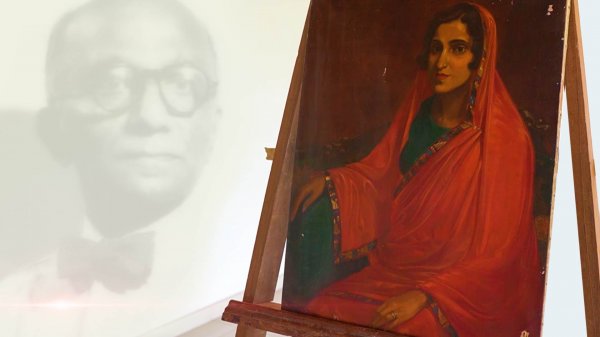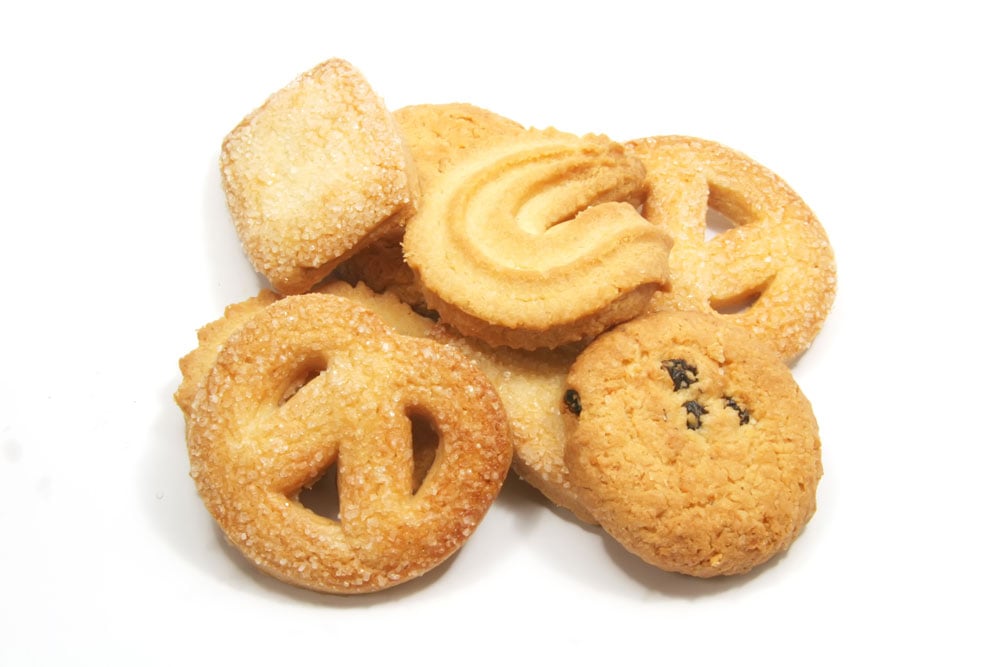
The Sinhala and Tamil new year is approaching, and with it, the hustle and bustle to prepare for the festivities are increasing. Colombo and other city centres are inundated, as shoppers throng to buy new clothes, gifts, food ingredients and household items to ring in the new year—an important date in the Sri Lankan calendar.
Although the holiday falls on just two days—typically the 13th and 14th of April on the Gregorian calendar —industry in Colombo and other cities and towns are crippled for far longer, as people leave the city centres to return to the villages they were born in, or from whence their ancestors came, to celebrate the new year with family and friends.
For this reason, the Sinhala and Tamil new year results in a long holiday for all the communities of the country, and as hospitality and sharing are an integral part of the Sri Lankan identity, Burghers, Muslims, Malays and other minority communities share in the celebrations and bask in the goodwill of the two majority communities during this holiday.
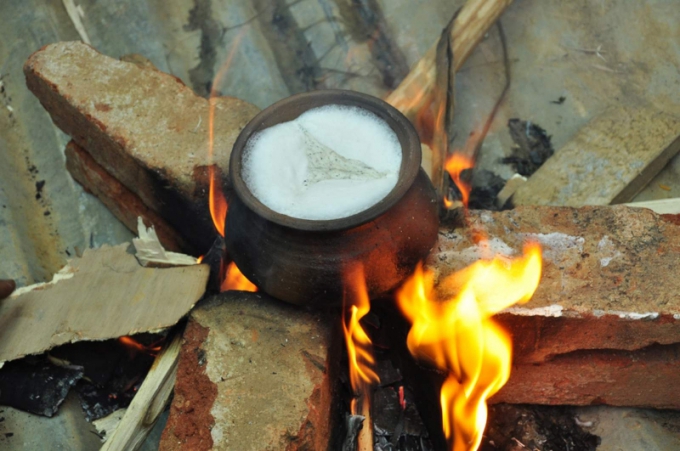
Kiri ithirima, or boiling a pot of milk or coconut water is a ritual that is still practiced in the new year. Image courtesy lanka.com
The Avurudu holiday is deeply intertwined with agrarian culture and traditionally marks the end of the harvest season. There are a great many customs linked with the Avurudu holiday, that have been passed down from generation to generation, distinct in ritual and obeisance. But not many of these customs and rituals are practiced today.
This has largely to do with rapid urbanization and the gradual transformation of Sri Lanka from an agrarian economy to a service and industrial economy. As more people leave the villages and settle in towns and cities, there is little room to practice the rituals, traditions, and customs perpetuated by generations of rural communities.
While some traditions persist—observing the nonagatha, or punya kalaya between the old and the new year; kiri ithirima, boiling milk on a new hearth to symbolize prosperity; hisa thel gama, anointing the head with oil; and ganu denu kireema, exchanging betel leaves and money with elders of the family—many other traditions associated with the new year have been discarded.
Here are five traditions practiced by village communities during the new year that have now gone out of practice:
1. Nawa Sandha Baleema
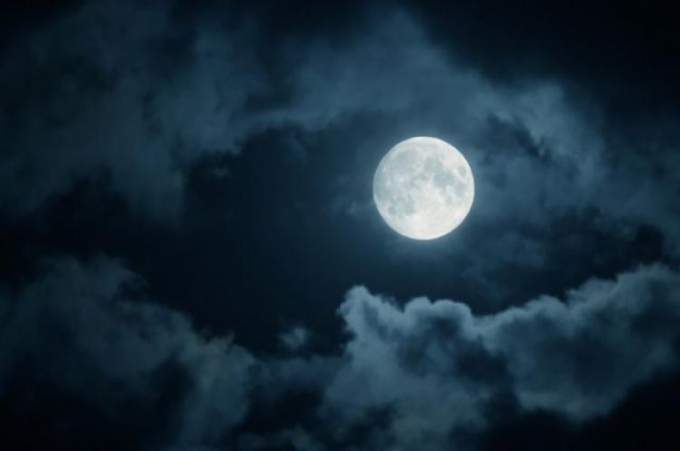
Viewing the new moon is one of the first rituals prescribed by the panchanga litha for the new year. Image courtesy nydailynews.com
Nawa Sandha baleema, or viewing the new moon, was a tradition practiced by villagers to mark the end of one year and the beginning of the new year. Nawa sandha baleema traditionally takes places after the ritualistic herbal bath at the end of the old year. The herbal bath and the nawa sandha baleema are the first rituals in the panchanga litha (almanac) prescribed by astrologers for the new year. It is believed that there are two auspicious times for viewing the moon—one during the old year, and one during the new solar year. It is said that once the moon is viewed for the old year, it is best to refrain from looking at it again until the new year.
2. Cadju Aheeleema
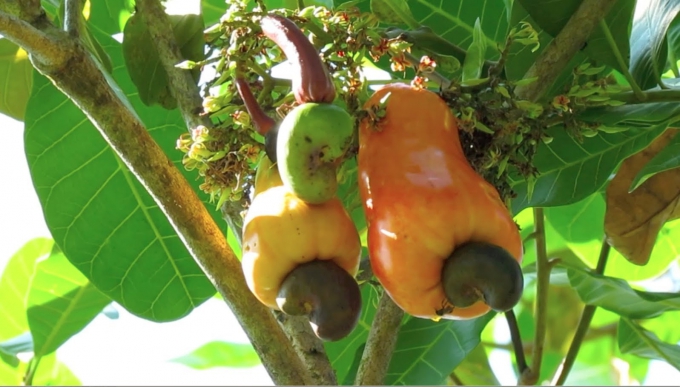
Men and boys in the village would go in search of cashew trees to gather cadju for the new year. Image courtesy youtube
Cadju, or cashew, grows in abundance in the village during the April month, which is when the new year falls. It was a customary practice for the men and boys in the village to go in search of cadju trees from which to pick cadju plums and the nut. The nut is dried and roasted and used to make a variety of food items for the new year, including the hathmaluwa, a dish made up of seven types of vegetables, and in the batter for the kavum. Cadju was also used for traditional games—wala kaju gaseema is a game in which a small hollow is made in the sand and a player has to put his cashews in it or hit others afterward.
3. Aluth Sahal Mangalya
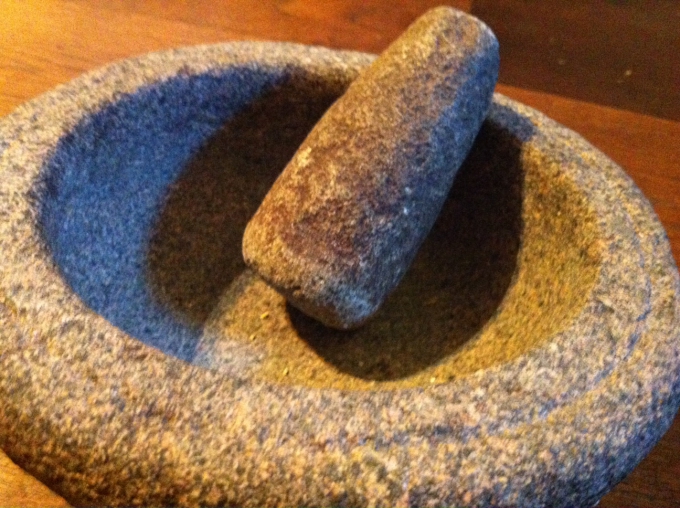
Each home in the village had a mortar and pestle used to pound ‘new rice’ from the aluth sahal mangalya for the new year. Image courtesy deemaspice.blogspot.com
The aluth sahal mangalya refers to the first batch of new rice that is plucked, threshed, winnowed and presented to the Sri Dalada Maligawa in Kandy and the Sri Maha Bodhi Vihara at Anuradhapura. Sri Lanka has two harvest seasons—the Maha and Yala. Rice from the Maha season is offered to deities during Duruthu poya day in January, while rice from the Yala season is offered in April, prior to the Avurudu celebrations. Some of this ‘new’ rice is set aside for use during the Avurudu celebrations and sound of rice being pounded by mortar and pestle in the days leading to the new year was familiar in villages homes.
4. Jalaya Samaga Ganu-Denu
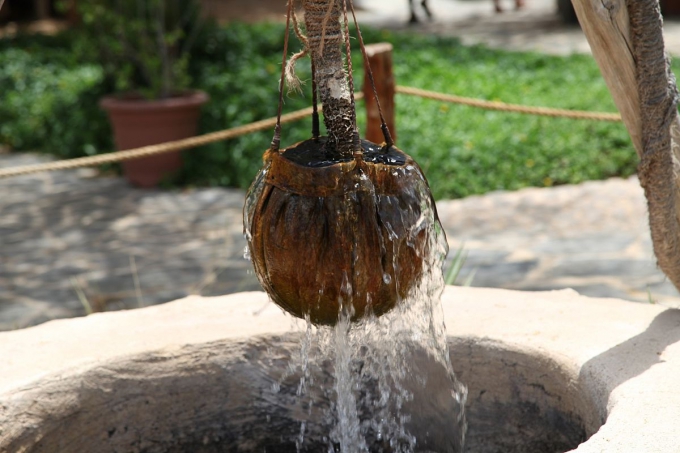
A coin was cast into the well as part of the ganu-denu (give and take) with water. Image courtesy windowtonature.wordpress.com
Jalaya samaga ganu-denu refers to a transaction with the well located on the land, from which the family met their daily water needs. The use of pipe-borne water, the contamination of groundwater and other factors have led to wells being rarely used in households today, but in earlier times, the male of the household would throw a coin into the well, along with a few jasmine flowers. Water would then be drawn from the well, and a bottle filled and placed in the care of the primary female caregiver in the house, until the next year, when the tradition was repeated.
5. Kiri Gahak Kapeema
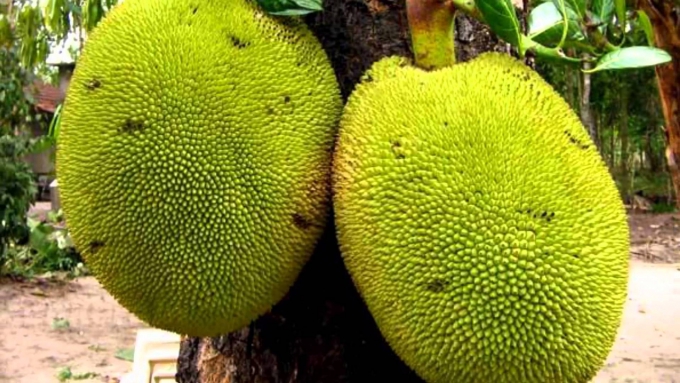
The branch of a jackfruit tree or a breadfruit tree was cut until the sap oozed out, signifying an overflow of prosperity. Image courtesy youtube
Kiri gahak kapeema is part of the ritual associated with weda alleema, or beginning day-to-day activities at the auspicious time after the period of nonagathaya. Kiri gahak kapeema refers to when the primary female of the house would cut the branch of a ‘milk’ (sap) bearing tree, to symbolise an overflow of prosperity in the new year. Typically jackfruit (kos) and breadfruit (del) trees growing in the home garden would be cut during this ritual.
While these traditions have fallen by the wayside as Sri Lanka progresses to a service-oriented middle-income country, it is heartening to see certain traditions still kept alive and passed onto new generations. Come Sinhala and Tamil new year this weekend, many Sinhalese families will consult the almanac for auspicious colours to wear, times to boil milk on the new hearth, and begin work for the new year. Even as we progress to an era in which the internet and smartphones have taken precedence, taking the time to practice rituals of the past maintains the bonds we shared with our ancestors and reminds us of simpler, humbler times. Suba aluth awuruddak wewa!
Cover: Raban or drums were beaten in the villages to mark aluth avurudda udawa or the dawning of the new year, a practice now obsolete. Image courtesy timeout.com





